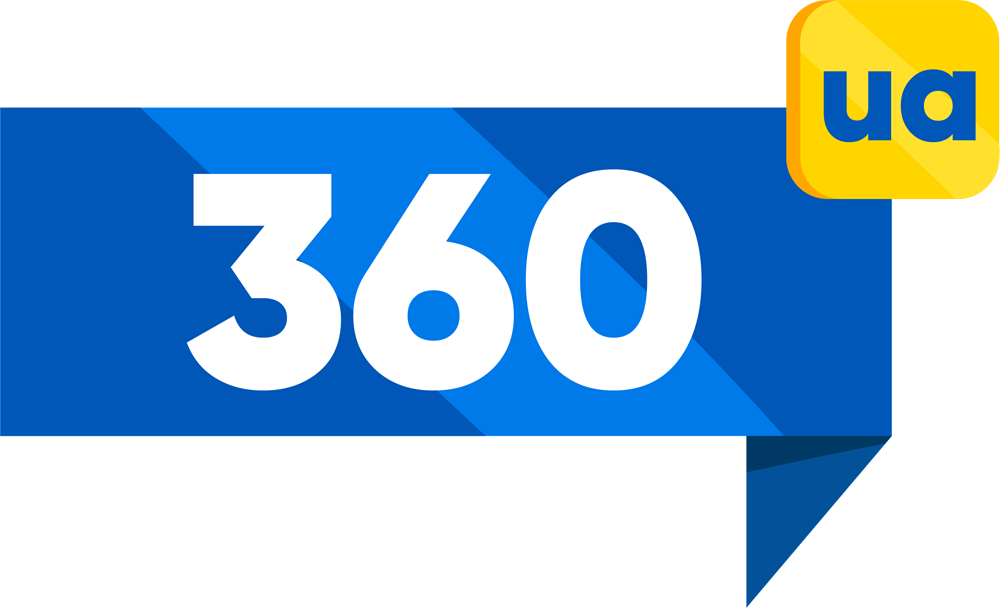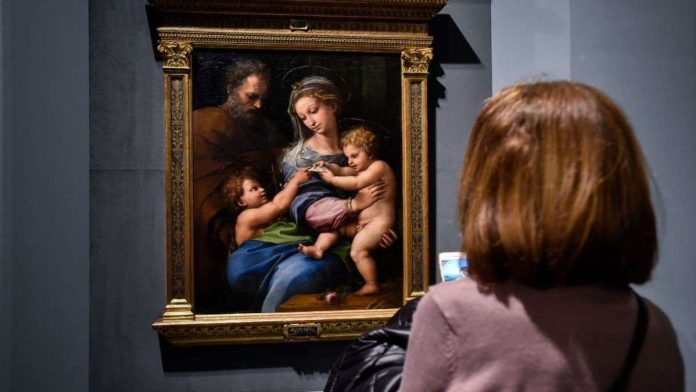Нейронна мережа виявила цікаву невідповідність на картині італійського живописця епохи Відродження Рафаеля Санті. Дослідники з Університету Бредфорда у Великій Британії дійшли висновку, що обличчя святого Йосипа на полотні “Мадонна з трояндою” міг створити не сам Рафаель, а один з його учнів.
Дослідження, про яке пише видання Science Alert, стало можливим завдяки використанню глибокого машинного навчання. Математик Хассан Угайл та його команда навчили штучний інтелект розпізнавати стиль Рафаеля — від характерних мазків пензля до тіней і кольорової палітри. Для цього було використано архітектуру Microsoft ResNet50, модифіковану під потреби мистецтвознавства. Нейромережа проаналізувала різні частини картини “Мадонна з трояндою”, створеної орієнтовно між 1518 і 1520 роками. Виявилось, що хоча Мадонна, Немовля і Святий Іоанн були написані Рафаелем, обличчя святого Йосипа, розміщене у верхньому лівому кутку полотна, виконане іншою рукою. “Коли ми проаналізували всю картину, результати були неоднозначні. Але аналіз окремих частин показав чітке розходження в стилі”, — зазначає Угайл. За його словами, точність системи при аналізі творів Рафаеля досягала 98%. Ще в XIX столітті мистецтвознавці припускали, що Рафаель не завжди самостійно завершував свої полотна. Серед імовірних авторів спірного фрагмента дослідники називають Джуліо Романо — одного з найближчих учнів майстра.
Рафаель — один із найвпливовіших художників італійського Відродження. Його спадщина охоплює десятки всесвітньо відомих творів. Однією з найбільш загадкових картин вважається “Три грації”, яка досі викликає суперечки щодо символіки та оригінального задуму. Деякі дослідники вважають, що вона зображує міфологічний суд Паріса, інші — що це три доньки Зевса: Аглая, Талія та Євфросина. Ще одним шедевром Рафаеля є фреска “Афінська школа”, замовлена папою Юлієм II. Це монументальне полотно зображує понад півсотні філософів, серед яких Платон, Арістотель, Піфагор і навіть сам автор. Цей твір нещодавно був офіційно визнаний символом папства.
Виявлення нових деталей за допомогою штучного інтелекту відкриває нову еру в мистецтвознавстві. Можливо, вже найближчим часом ми отримаємо відповіді на інші запитання, які століттями залишались без відповідей.


